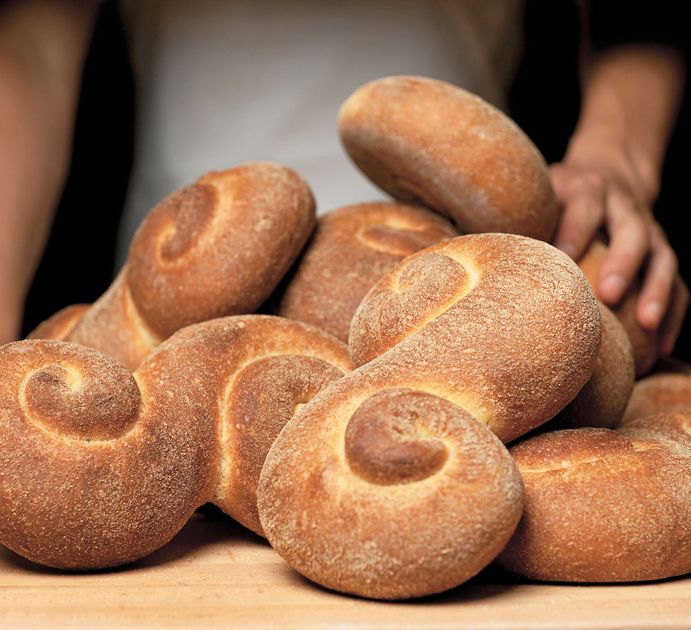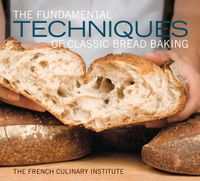Advertisement
Traditional Italian Breads
Appears in

In Italy, throughout recorded history, bread of one type or another has always been a source of nourishment for both peasant and grandee. In ancient times, breads were often made with farro or spelt wheat, both of which were almost extinct by the twentieth century and have only recently been rediscovered. Most breads were baked in the village bakery, a tradition that still exists in some small towns in the countryside. But today, most Italian breads are commercially made.
Since professional bakers have been part of daily life since the second century, Italians are almost equal to the French in their love of good bread. No table is considered complete without a freshly baked loaf. However, the typical Italian family loaf is longer and thicker than the classic French baguette and was originally developed to keep one family in bread for a week. And, with typical Italian passion, there is no debate about what that loaf should be—low in salt, unsweetened, yeast leavened, and thin crusted.

